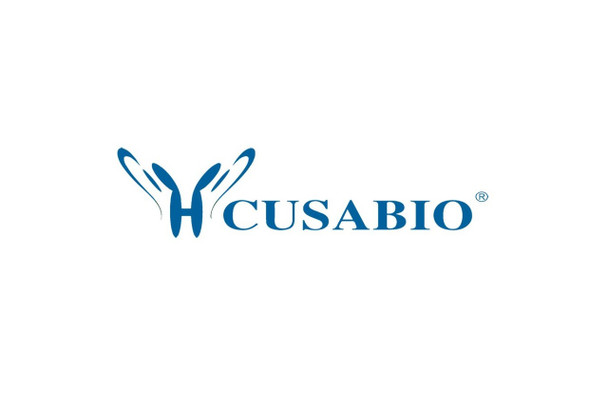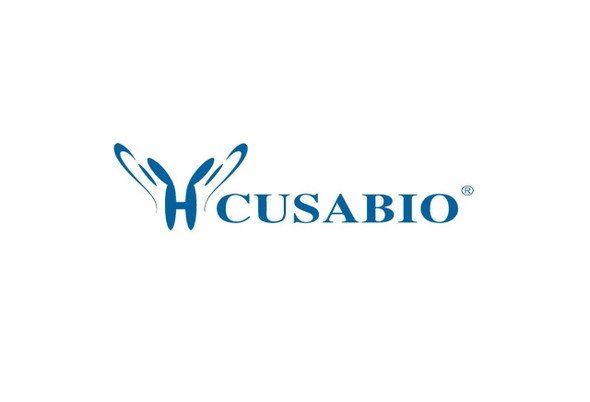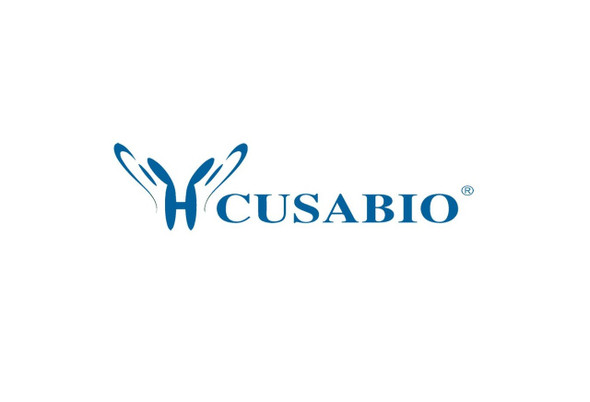Cusabio Mouse Recombinants
Recombinant Mouse Interferon regulatory factor 3 (Irf3) | CSB-YP011818MO
- SKU:
- CSB-YP011818MO
- Availability:
- 3 - 7 Working Days
Description
Recombinant Mouse Interferon regulatory factor 3 (Irf3) | CSB-YP011818MO | Cusabio
Alternative Name(s): Short name:IRF-3
Gene Names: Irf3
Research Areas: Immunology
Organism: Mus musculus (Mouse)
AA Sequence: METPKPRILPWLVSQLDLGQLEGVAWLDESRTRFRIPWKHGLRQDAQMADFGIFQAWAEASGAYTPGKDKPDVSTWKRNFRSALNRKEVLRLAADNSKDPYDPHKVYEFVTPGARDFVHLGASPDTNGKSSLPHSQENLPKLFDGLILGPLKDEGSSDLAIVSDPSQQLPSPNVNNFLNPAPQENPLKQLLAEEQWEFEVTAFYRGRQVFQQTLFCPGGLRLVGSTADMTLPWQPVTLPDPEGFLTDKLVKEYVGQVLKGLGNGLALWQAGQCLWAQRLGHSHAFWALGEELLPDSGRGPDGEVHKDKDGAVFDLRPFVADLIAFMEGSGHSPRYTLWFCMGEMWPQDQPWVKRLVMVKVVPTCLKELLEMAREGGASSLKTVDLHISNSQPISLTSDQYKAYLQDLVEDMDFQATGNI
Source: Yeast
Tag Info: N-terminal 10xHis-tagged and C-terminal Myc-tagged
Expression Region: 1-419aa
Sequence Info: Full Length
MW: 50.9 kDa
Purity: Greater than 90% as determined by SDS-PAGE.
Relevance: Key transcriptional regulator of type I interferon (IFN)-dependent immune responses which plays a critical role in the innate immune response against DNA and RNA viruses. Regulates the transcription of type I IFN genes (IFN-alpha and IFN-beta) and IFN-stimulated genes (ISG) by binding to an interferon-stimulated response element (ISRE) in their promoters. Acts as a more potent activator of the IFN-beta (IFNB) gene than the IFN-alpha (IFNA) gene and plays a critical role in both the early and late phases of the IFNA/B gene induction. Found in an inactive form in the cytoplasm of uninfected cells and following viral infection, double-stranded RNA (dsRNA), or toll-like receptor (TLR) signaling, is phosphorylated by IKBKE and TBK1 kinases. This induces a conformational change, leading to its dimerization and nuclear localization and association with CREB binding protein (CREBBP) to form dsRNA-activated factor 1 (DRAF1), a complex which activates the transcription of the type I IFN and ISG genes. Can activate distinct gene expression programs in macrophages and can induce significant apoptosis in primary macrophages.
Reference: "The status, quality, and expansion of the NIH full-length cDNA project: the Mammalian Gene Collection (MGC)."The MGC Project Team Genome Res. 14:2121-2127(2004)
Storage: The shelf life is related to many factors, storage state, buffer ingredients, storage temperature and the stability of the protein itself. Generally, the shelf life of liquid form is 6 months at -20?/-80?. The shelf life of lyophilized form is 12 months at -20?/-80?.
Notes: Repeated freezing and thawing is not recommended. Store working aliquots at 4? for up to one week.
Function: Key transcriptional regulator of type I interferon (IFN)-dependent immune responses which plays a critical role in the innate immune response against DNA and RNA viruses. Regulates the transcription of type I IFN genes (IFN-alpha and IFN-beta) and IFN-stimulated genes (ISG) by binding to an interferon-stimulated response element (ISRE) in their promoters. Acts as a more potent activator of the IFN-beta (IFNB) gene than the IFN-alpha (IFNA) gene and plays a critical role in both the early and late phases of the IFNA/B gene induction. Found in an inactive form in the cytoplasm of uninfected cells and following viral infection, double-stranded RNA (dsRNA), or toll-like receptor (TLR) signaling, is phosphorylated by IKBKE and TBK1 kinases. This induces a conformational change, leading to its dimerization and nuclear localization and association with CREB binding protein (CREBBP) to form dsRNA-activated factor 1 (DRAF1), a complex which activates the transcription of the type I IFN and ISG genes. Can activate distinct gene expression programs in macrophages and can induce significant apoptosis in primary macrophages.
Involvement in disease:
Subcellular Location: Cytoplasm, Nucleus
Protein Families: IRF family
Tissue Specificity:
Paythway:
Form: Liquid or Lyophilized powder
Buffer: If the delivery form is liquid, the default storage buffer is Tris/PBS-based buffer, 5%-50% glycerol. If the delivery form is lyophilized powder, the buffer before lyophilization is Tris/PBS-based buffer, 6% Trehalose, pH 8.0.
Reconstitution: We recommend that this vial be briefly centrifuged prior to opening to bring the contents to the bottom. Please reconstitute protein in deionized sterile water to a concentration of 0.1-1.0 mg/mL.We recommend to add 5-50% of glycerol (final concentration) and aliquot for long-term storage at -20?/-80?. Our default final concentration of glycerol is 50%. Customers could use it as reference.
Uniprot ID: P70671
HGNC Database Link: N/A
UniGene Database Link: UniGene
KEGG Database Link: KEGG
STRING Database Link: STRING
OMIM Database Link: N/A









